From Thompson Citizen link to article by Ian Graham, APRIL 18, 2019

The Look North Indigenous Economy Report distributed at a conference in Thompson April 10 is a tool to demonstrate the contributions that northern Indigenous people make to the province’s economy as well as to establish a baselines for future economic comparisons.
Modelled on a previous report that looked at Indigenous people’s contributions to the Manitoba economy as a whole, the Indigenous Economy Report says that northern Indigenous people, businesses and governments generated total spending of $1.9 billion in 2016 and contributed $565 million to Manitoba’s gross domestic product (GDP). It also reports that the GDP of Northern Manitoba that year was $3.1 billion, or about five per cent of the provincial total, and that Indigenous governments spent about $681 million in the north, 62 per cent of it on wages, salaries and supplementary labour income.
Modelled on a previous report that looked at Indigenous people’s contributions to the Manitoba economy as a whole, the Indigenous Economy Report says that northern Indigenous people, businesses and governments generated total spending of $1.9 billion in 2016 and contributed $565 million to Manitoba’s gross domestic product (GDP). It also reports that the GDP of Northern Manitoba that year was $3.1 billion, or about five per cent of the provincial total, and that Indigenous governments spent about $681 million in the north, 62 per cent of it on wages, salaries and supplementary labour income.
“As Indigenous people, historically we began with the introduction of newcomers and being part of the economy as partners,” Grand Chief Garrison Settee of Manitoba Keewatinowi Okimanak (MKO), which produced the report in partnership with Brandon University’s Rural Development Institute, told attendees of a Thompson economic development conference on urban reserves April 10. “We worked together. We shared a covenant together as Indigenous people when you look at the fur trade. And eventually the partnership devolved into something other than what we had intended or hoped as Indigenous people. We’re coming almost full circle now to where we started off as being major players in the economy on an even playing field where we’re actually allowed to participate and be part of a larger picture.”
Opaskwayak Cree Nation vice-Onekanew Jennifer Flett said that there is potential for Indigenous people to be an even bigger economic force in the future, since historically they were not given an equal chance to participate in various industries.
“What happened in the cannabis industry?” Flett said. “We were at the starting line with everybody else. When you look at history, we weren’t at the starting line of any of the other industries because we weren’t allowed to. We missed out on meat, dairy, mining, those sorts of industries but when cannabis came in that was the time we’re just like, ‘OK, now we’re gong to get serious.’ We’re at the starting line with everybody else and now we’re getting equal footing with all the other industries and it’s a very exciting time.”
The Indigenous Economy Report isn’t the first attempt to quantify Indigenous people’s contributions to the regional and provincial economy, said Shirley Sinclair of the OCN intergovernmental relations office.
“In 2006 there was a report that was commissioned by AMC [Assembly of Manitoba Chiefs] to find out what … Indigenous people contributed to the Manitoba economy,” she said. “There was no real concrete information at that time. This report is so very important because it’s kind of a snapshot of where we are and where we will go from here.”
Rural development Institute director Dr. William Ashton said Indigenous spending makes up about 18 per cent of Northern Manitoba’s GDP.
“For every $5 that is spent in the north, one of those dollars is coming from Indigenous contributions and that’s significant,” he said.
The report also helps to show that Indigenous people continue to form part of Manitoba’s economy, as they always have, said Rural Development Institute engagement liaison Aimee Coueslan.
“We hope this report dispels myths of deficit and dependency and shines a light on the reality that Indigenous people have businesses, they are innovative and successful and just the enormous potential that is still there. This is about the importance of good data and using that to inform good decisions.”
With Indigenous people making up 73 per cent of Northern Manitoba’s population and being younger, on average, the population as a whole, there is tremendous room for growth, especially since Indigenous Northern Manitobans have a median employment income of a little under $40,000 per year, compared to more than $52,000 for all Northern Manitobans collectively.
“Based on population alone, Indigenous people in Northern Manitoba will continue to grow as an economic force,” said Clyde Flett of MKO. “Collaborations between Indigenous people and provincial and federal governments and all Manitobans are key to realizing a strong and healthy and sustainable future. You need to stop looking at us as customers and more as partners.”

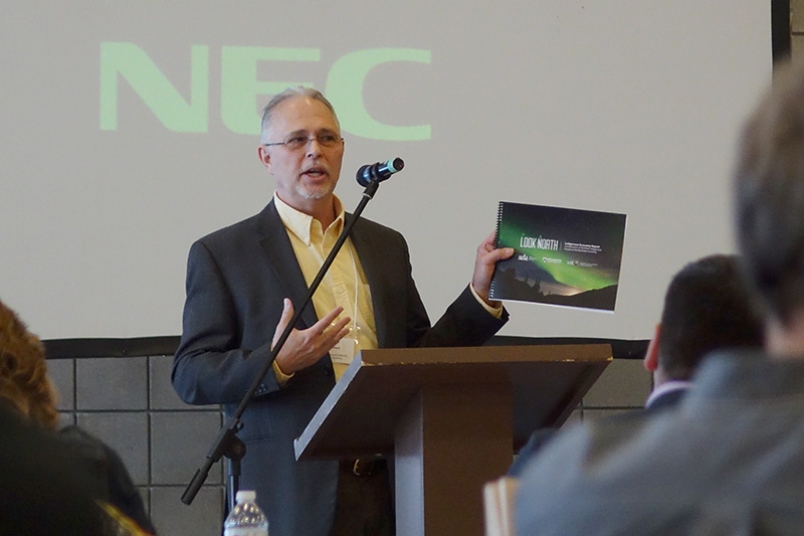


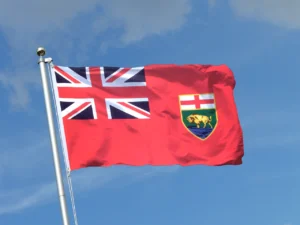
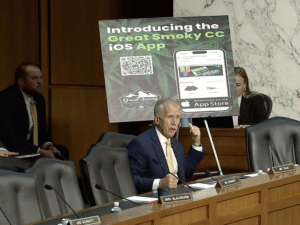


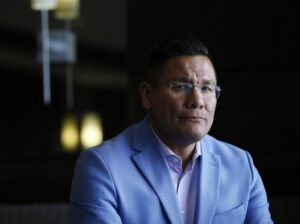

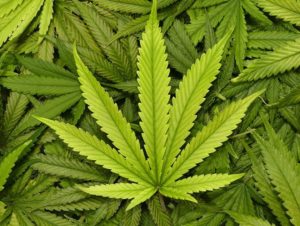


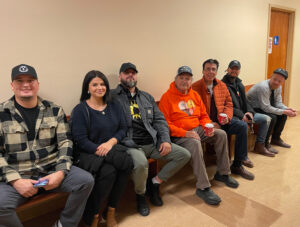
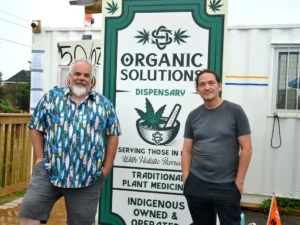

Comments are closed.